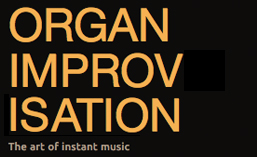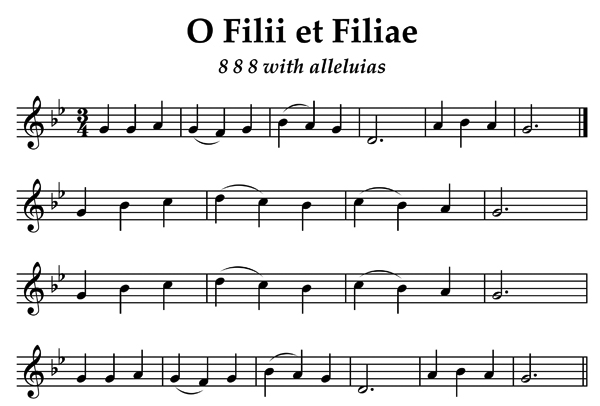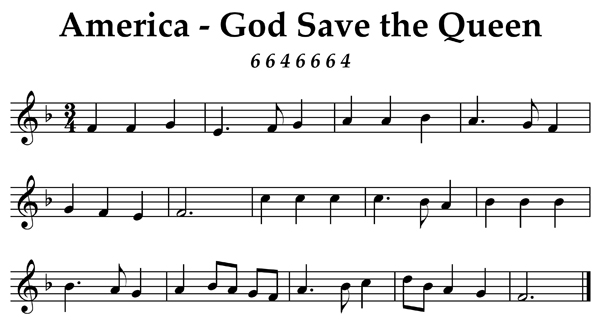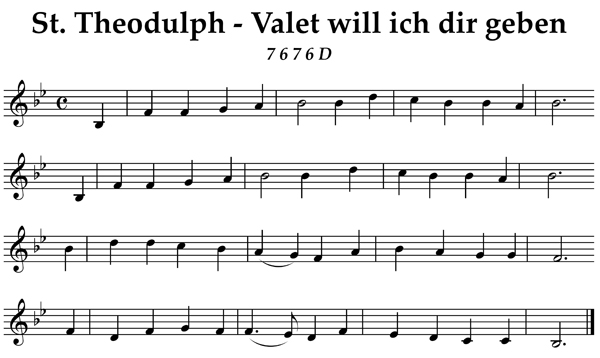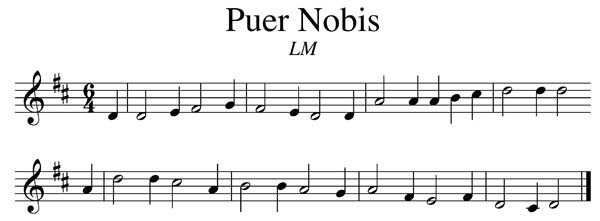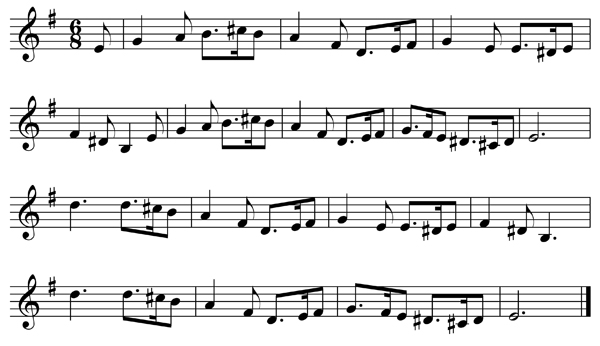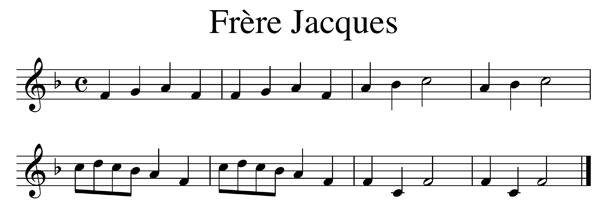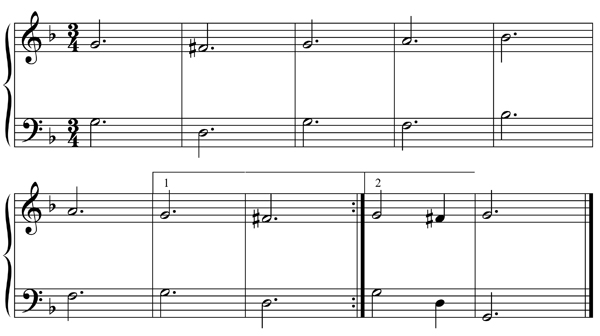The St. Alban’s International Organ Festival has included a competition in both interpretation and improvisation since 1963. Previous winners of the improvisation prize include: Martin Baker, David Briggs, Naji Hakim, Jos van der Kooy, André Isoir, and Guy Bovet. The complete list of improvisation and interpretation winners is available here.
The next competition will be held July 8-18, 2015. The competition is open to organists born after July 20, 1982. The guidelines for the improvisation competition (including initial themes) can be found here. Complete information about the competition may be found at the competition website:
http://www.organfestival.com/St_Albans_International_Organ_Festival/Competitions.html
